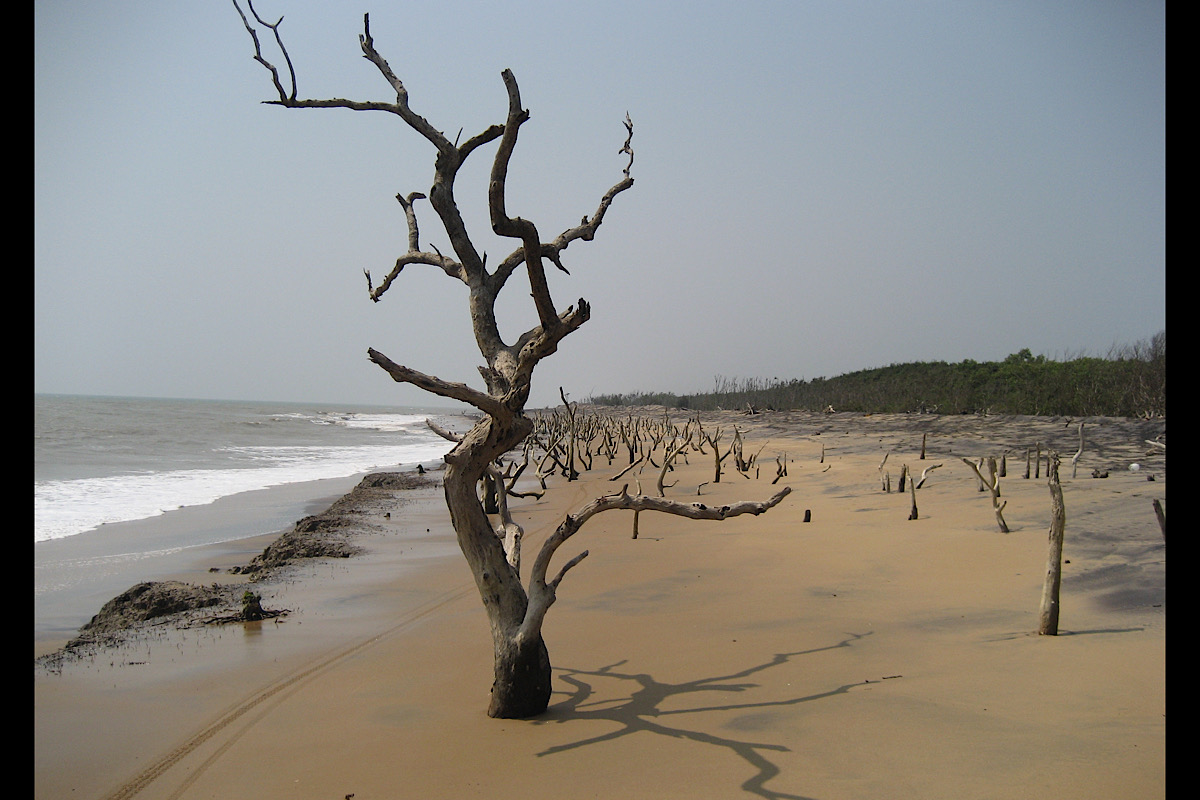15,000 acres of cannabis cultivation in Odisha destroyed in 2024
Though 350 NDPS cases registered, only four put behind the bar.
Biodiversity Management Committees have been constituted and Peoples’ Biodiversity Registers have been put in place for documentation of local flora and fauna.

Representation image [Photo:SNS]
Almost half of Odisha is exposed to the vulnerability of climate change. The scientific analysis conducted by the Centre indicated that out of 30 districts, 14 are categorized as high-risk zones. Besides, 13 districts figure in medium-risk and 3 in low risk prone zones.
The Indian Council of Agricultural Research (ICAR) has conducted a study on ‘Risk and vulnerability assessment of Indian agriculture to climate change’ in 2019 under the project ‘National Innovations in Climate Resilient Agriculture’ which provides information on Indian States including the State of Odisha.
Advertisement
The study report includes among other things information on relative position of 30 rural districts of Odisha in relation to climate change risk and various determinants viz., exposure, vulnerability and hazard, said officials.
Advertisement
Under the National Adaptation Fund for Climate Change, a project “Conserve water through the management of run-off in the river basin to reduce vulnerability and enhance resilience for traditional livelihood” has been sanctioned at a cost of Rs 20 crore with focus on Nuapada district of Odisha. Further, Biodiversity Management Committees have been constituted and Peoples’ Biodiversity Registers have been put in place for documentation of local flora and fauna, they said.
The Centre through its various Ministries and Departments assesses the impact of climate change in keeping with the new data and increased scientific knowledge on the subject.
Also, at the State level various research organizations, universities; academicians undertake studies on climate change as per their mandate.
Similar studies are increasingly being carried out by various Departments/Ministries on the impact of climate change in the sectors for which they are responsible.
The periodic data collection, monitoring, analysis and outputs of various agencies, including but not limited to, inter-alia, Botanical Survey of India, Geological Survey of India and Forest Survey of India provide continuously updated information on the State of India’s landscapes and ecosystems.
These outputs are used by government scientific institutions and the wider scientific and academic community for specific analysis, including the impact of climate change and also other highly significant social and economic stressors, as per requirements, they added.
Advertisement